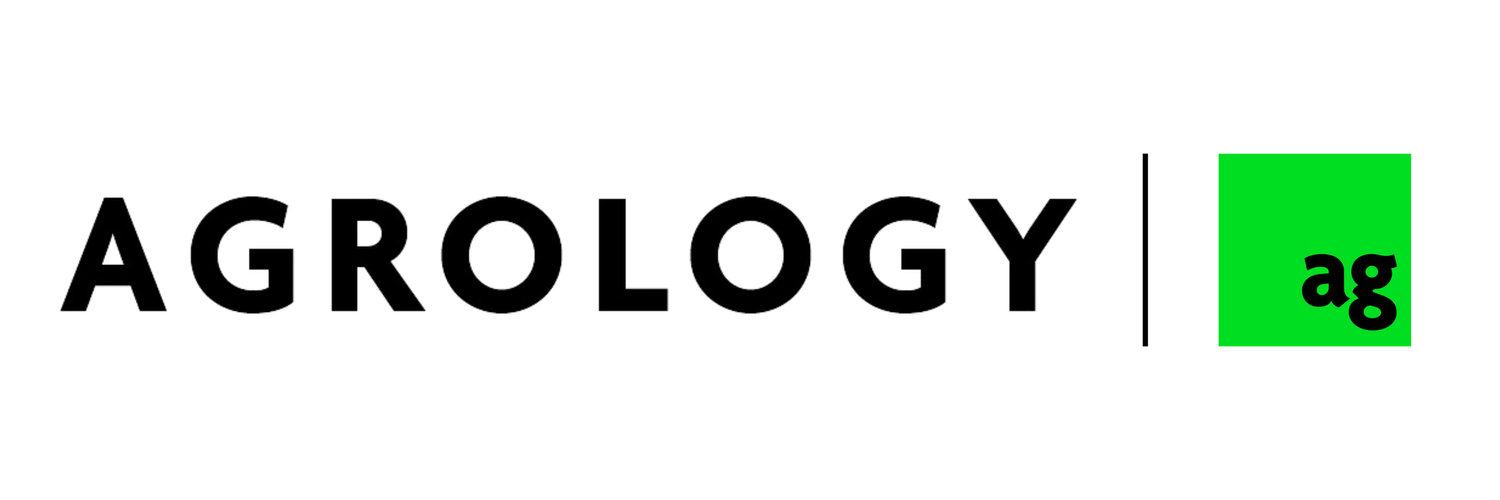Why Solving Farming’s Biggest Issues Requires a New Approach to Technology
By Tyler Locke, Co-Founder & CTO @Agrology
Agriculture is one of the most complex industries with respect to deploying technology. Extreme factors like weather, animals (yes, feral pigs in vineyards are a problem), and large farming equipment, can make deploying a networked solution extremely difficult. That is why traditional farming technology is complicated. It results in platforms that only the largest farmers can afford.
Until the day my friend and Agrology co-founder, Adam Koeppel, and I decided we could build a better smart agriculture platform. An IoT system, based on the principles of consumer electronics devices. A rugged, low-cost, easy-to-use approach to agtech.
I came to the ag industry with 14 years of experience in product development for IoT and medical device systems. Prior to co-founding Agrology, I developed embedded devices connected hardware systems defined by reliability, low-cost, energy efficiency, and scalability. That’s the lens I develop technology through. It’s also the path Adam and I saw for developing Agrology’s platform.
We knew that the best approach was a consumer electronics angle with a high level of focus on cost, UX and accuracy. Devices that can withstand the harsh elements of agriculture, while not breaking the bank for farmers.
We also knew we needed a system that could be predictive for farmers. Something that could effectively synthesize data and predict outcomes several days out. Adam and I approached our friend Kevin Kelly, an expert in Machine Learning and artificial intelligence. The Agrology vision resonated with Kevin and he was on board to help us create a predictive solution for farmers.
We began refining our ideas and developing our initial proof of concept side of desk, when we applied for, and won, a National Science Foundation SBIR award. The process of a Phase I award is rigorous and selective. It is common for most applicants to apply multiple times without being granted an award. We were fortunate and pleasantly surprised to win an award with our initial application. The next big decision was who would leave their day job and begin developing the platform full time. I decided to take the initial leap, with Adam following shortly after, and Agrology was born.
When we got to work we decided to apply several technology and design principles to develop the Agrology platform. This included:
A Consumer Approach - By applying consumer technology principles we were able to build the Agrology sensors to be among the most rugged, affordable and technically advanced agriculture sensing arrays on the market. This allowed us to develop a system that could deploy as many sensors as needed to gather data across varying microclimates. It also enabled us to create a platform where sensors could easily be replaced when inadvertently damaged in the field (at no additional cost to our customers).
LoRaWAN® Low Power Wide Area Networking (LPWAN) Technology - LoRaWAN is the standard for secure, long range, low power, carrier-grade connectivity for IoT devices and is particularly well suited for AgTech applications. It’s the technology that enables Agrology GroundTruth sensors to gather a suite of environmental data points in real time, while also allowing us to securely deploy private networks for Agrology customers.
Machine Learning and Artificial Intelligence - The Agrology Prediction Engine leverages Machine Learning to fuse real-time data, historical data, and forecasts across micro and macroclimates. The engine then predicts future trends and alerts growers in advance of potential issues. It’s what makes Agrology’s solution predictive. We can report on farming operations and instantaneous conditions in the field, as well as help growers plan days in advance.
Mobile App Technology - A core principle at Agrology is that we don’t present growers with data for data’s sake. Meaning the only way data becomes useful to growers is when it’s delivered in an actionable format. Our mobile app does just that. We synthesize data and deliver analysis and predictions via the Agrology app, which is fully functional, on or offline, ensuring that growers always have the most recent information with them in the field. Alerts are sent when critical thresholds are approaching or risk events are predicted. In addition, growers can go into the app to see a live snapshot of what’s happening in real time, from the soil, the canopy, and the air, while also keeping tabs on farm operations. Teams can collaborate and take action. It lights our team up when new customers are shocked by how easy and intuitive our app is to use. We hear it all of the time and we love it.
This is our unique approach to solving some of the growing challenges in AgTech. We are proud to be the first to leverage consumer electronics and Machine Learning to build a truly predictive ground truth-based platform.
We are now applying this approach to climate tech to help farmers fight back against climate change. Sustainability verification and greenhouse gas monitoring are two features we’ll have available soon.
